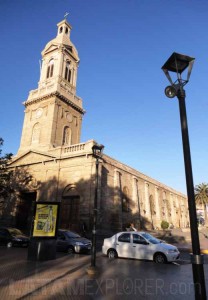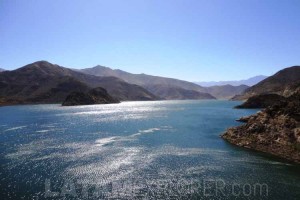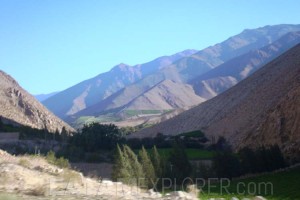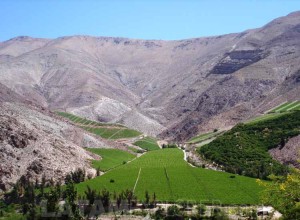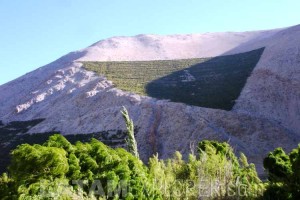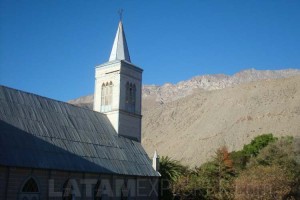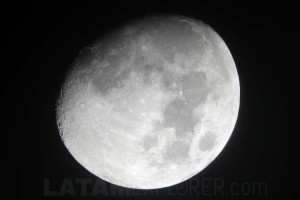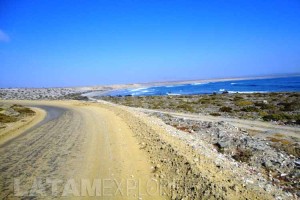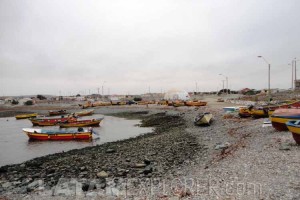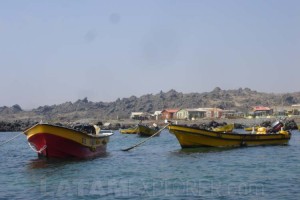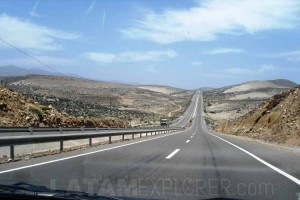Home > Destinations > Chile > La Serena
La Serena and the Elqui Valley, Chile
Although not yet well-known by foreigners, being generally left outside the plans of the vast majority of those visiting the country, the surroundings of La Serena offer enough attractions to keep travelers entertained for a few days. Its beaches, for example, are quite popular among Argentinean vacationers who benefit from the proximity (220km, or 135mi) between the city and the international border.
La Serena, just like neighboring Coquimbo, the regional capital, is a large city for Chilean standards, with a population close to 200,000 people. Both cities have a wide array of hotels, restaurants and travel agencies offering tours around the area. La Serena’s historic center is characterized by its neo-colonial architecture, with beautiful terraces and several plazas. Coquimbo is a port city with a beautiful renovated colonial quarter that offers an interesting night life: the Barrio Inglés. While La Serena and Coquimbo are capable of offering a pleasant setting for some relaxing vacations, it is necessary to hit the road in order to know the best that this region in northern Chile has to offer.
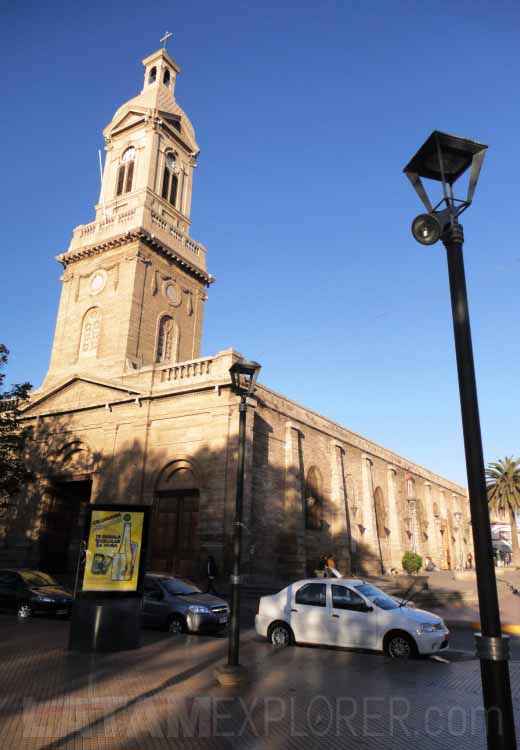
The most obvious destination for those coming this way is the Elqui Valley. Located mostly along the road that links La Serena to Argentina, the Elqui Valley is a semi-arid region that, thanks to irrigation, became of the most important producers of papaya, as well as the main producer of pisco in Chile. Pisco is an alcoholic beverage made by distilling wine (generally from the Moscatel grape) and that, legally, can only be produced in 2 of the 15 administrative regions of the country: Coquimbo and Atacama. The debate about the origins of this spirit is cause of frequent discussion with Peru. Some of the best-known pisco distilleries in Chile are established along the Elqui Valley and many of them are opened for visitors. Some of the most visited ones include Capel and ABA, near the city of Vicuña, and Mistral, in Pisco Elqui’s downtown.
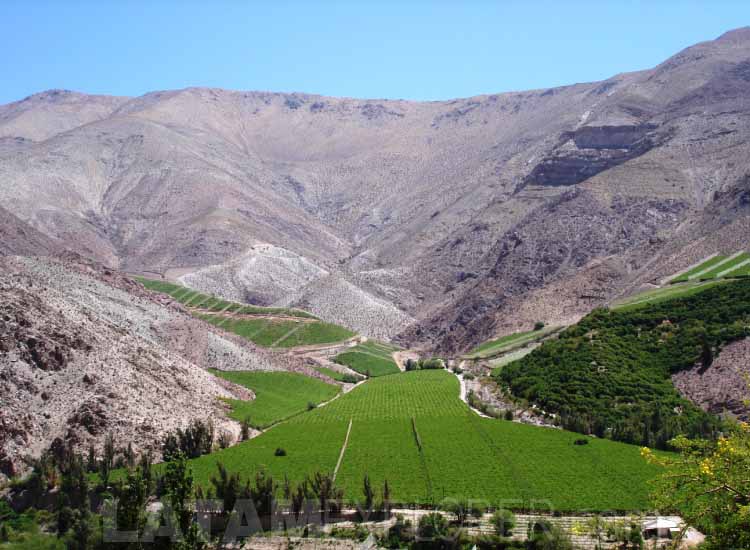
Besides visiting at least one of the distilleries, the journey between La Serena and Pisco Elqui on its own (about 100km, or 62mi) is worth the trip due to the rugged terrain and the contrast presented by small oasis, sometime pinned onto the sandy lands of the mountainous scenery. Perhaps the main attraction along the way could be Embalse Puclaro, 40km (25mi) away from La Serena. This is a reservoir opened for visitors where it is possible to walk over the dam to see on one side the flooded area covering more than 7km across, and on the other side a spectacular panoramic view of the valley irrigated by the Elqui river. Lying only 17km (11mi) passed the dam, Vicuña is a small but charming town that serves as the main center in the Valley. In Vicuña, the birthplace of literature Nobel Prize winner Gabriela Mistral, it is possible to visit a museum dedicated to the writer. Nearby, Cerro Mamalluca is an astronomic observatory that offers several visiting slots every night.
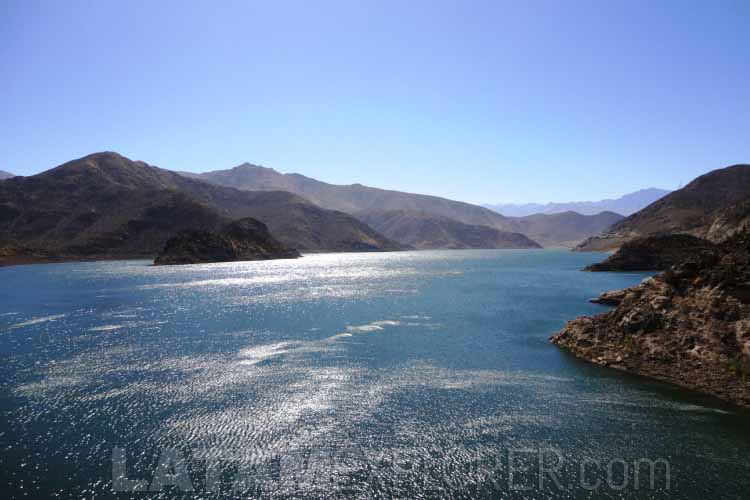
Northern Chile is one of the best places in the world for astronomic observation, thanks to its low air humidity, few cloudy nights, low pollution and high altitude, all contributing to a reduced interference of the atmosphere in the observations. Besides Cerro Mamalluca, which is focused exclusively towards tourism and basic astronomy education, other larger observatories are also within close reach from here. Among them, the Cerro Tololo Inter-American Observatory and the Gemini Observatory (a center consisting of two observatories, the other one installed in Hawaii) can be visited provided an early booking is made – academic visits have preference. The largest observatories of Chile, and of the world, and located further north, at the Atacama Desert.
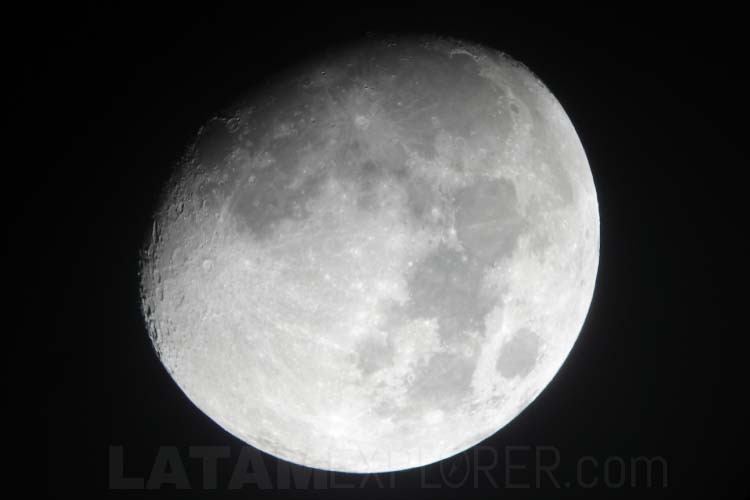
Finally, only two hours away from La Serena or Coquimbo following Route 5 northwards is Punta Choros, a fishermen village by the sea where boats to Isla Damas can be taken. Isla Damas is one of the three islands that form the Humboldt Penguin National Reserve, but is the only one that allows disembarkation and even camping. The island’s highlight is its abundance of sea lions and birds, including the Humboldt Penguins. On the way to Isla Damas, another island can be seen: Isla Choros. Navigation around Isla Chañaral, located further away, is possible, but requires a trip overland to Caleta Chañaral. If your idea is to add some adventure to the trip then go ahead, but without a four-wheel drive vehicle you’ll be on your own and at risk of relying on the good will of the other rare passersby in case you get stuck in the sand.
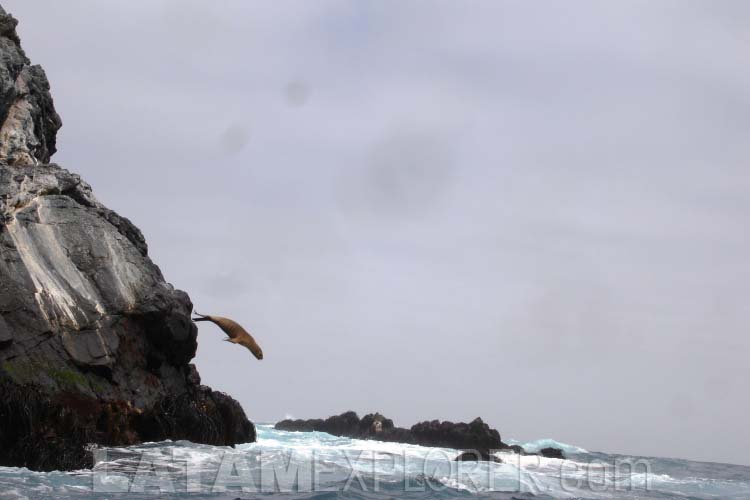
Continuing the exploration of the Chilean territory you can continue 430km (265mi) south of La Serena to Viña del Mar or 470km (290mi) to Santiago. Both cases require a 6 hours’ drive or 1 hour flight to the capital. Alternatively you can also fly to Antofagasta, located 870km (540mi) to the north, from where other interesting places, like San Pedro de Atacama, are more easily reached.
